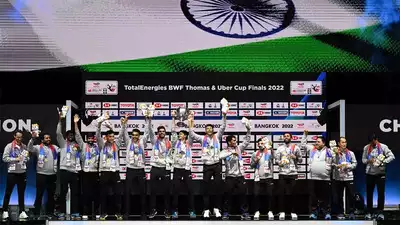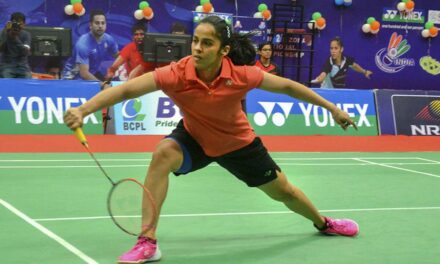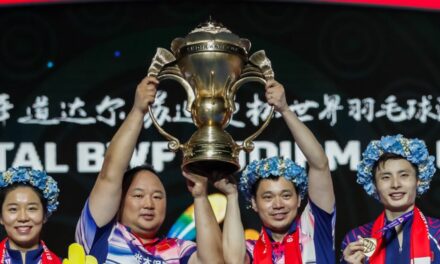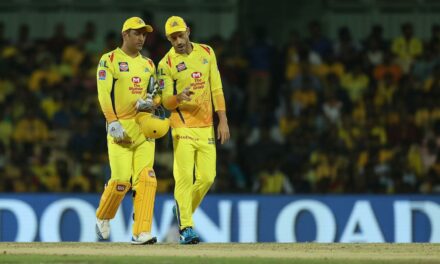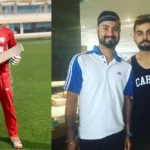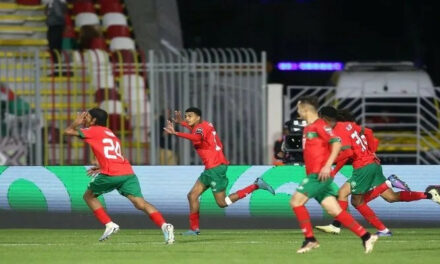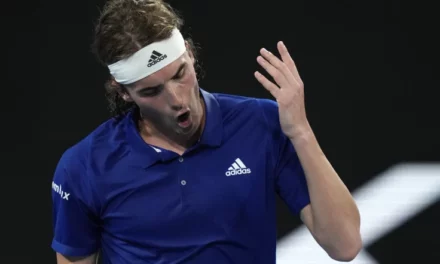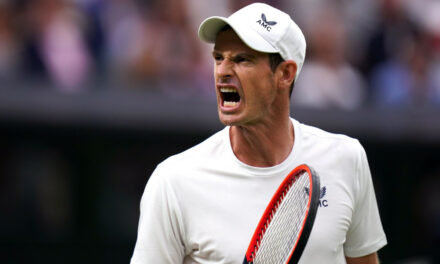
Euro 2020: Mancini’s Italy spread wings, take flight
In his bid to reclaim Italy’s lost glory, manager Roberto Mancini broke a long-nurtured Italian footballing prejudice—its disfavour of wingers, the outcasts of Serie A. It stemmed not from an ambition to deconstruct the manuals of Italian football or instil fresh values, but derived from the necessity to harness the best out of Italy’s most talented player when he took over the reins of Italy, shortly after it failed to qualify for the World Cup in Russia.
After painfully poring through numerous videos of Italy’s doomed qualification games and patiently watching footage of all Serie A games that season, he identified the micro-nucleus of his nucleus. It was Lorenzo Insigne, whose omission in the must-win qualifier against Sweden had swelled into a scandal that shook the nation. Insigne was already a Napoli legend, a short but nippy winger with exceptional control and shooting range.
His low centre of gravity meant he could throw a centre-back off his scent with just a wiggle of his hips, while his feather-toed touch and acceleration are frightening, but Italian managers’ imbued skepticism towards wingers meant he never nailed onto a permanent spot in the eleven. And whenever he was picked, he was retuned into an inside forward, operating between the narrow lines. He floundered, it was not his strength, he needs space and width around him to unfurl his skills. Wingers, in Italy, are often associated with wastefulness and expansiveness.
So Mancini’s first step was to create width on the field. It meant spreading out the midfield, an anti-Italian tenet. For decades, they were conditioned to narrow the playing area in the midfield to guarantee compactness of shape. From the strategy originated the wonderful space manipulating forwards, half-forwards and attacking midfielders Italy have churned out over the years. But Mancini didn’t have one, like an Andrea Pirlo or Francesco Totti. So he had but no option to maximise his strengths.
To complement Insigne, Mancini scouted a left-footed right-winger, another rare clan in Italy. But he found two. Federico Chiesa, son of his close friend and Sampordia-Lazio teammate Enrico, and Domenico Berardi. The latter, who orchestrated Italy’s opening goal in Euros is the opposite of Insigne, more direct and less pacy, but blessed with vision, technique and a knack of wriggling through heavy traffic. Besides, there are virtues of being left-footed on the right flank. They have a way of opening up their body and drawing defenders into them, in the process taking them and creating space behind the defenders. Berardi performed this repeatedly in their opener. This is particularly beneficial for teams that play with three-man defence. Unlike modern-day wingers, they don’t overlap or switch flanks too often.
Their menace is amplified by a centre forward like Ciro Immobile, who contrary to his name, is quite mobile. He’s cunning and quick too, unlike the classical Italian poachers in the Christian Vieri-Filippo Inzaghi mould, who liked the ball serviced to their feet or head (in Inzaghi’s case, any part of the body). When Insigne drifts into the box, Immobile wanders into the space Insigne leaves behind. The role-switch is not as prominent on the opposite flank, where Berardi is more inclined to crossing than slipping inside and shooting the ball towards the goals.
AUXILIARY WING FOR WIDTH
There is a wing-dichotomy to Italy. Ferrari on the left side zipping on an empty highway and Fiat on the right navigating carefully through heavy traffic. Carefreeness on the left and smarts on the right. The left-back, the enterprising Leonardo Spinazzola, thrusts upfield and links up play with Insigne and functions as an auxiliary winger to keep the width intact. The right-back, Alessandro Florenzi joins the centre-backs so that they can repel a quick counter-attack.
Mancini calls this a special 4-3-3, which when on attack, morphs into a 3-4-2-1. One of his two midfield pivots, Locatelli/Veratti and Jorginho, drops back to act a defensive screen with the attacking midfielder Nicholas Barella who drops into the second striker’ role. Thus, they could sustain their attacking verve but at the same not compromise on the defensive shape.
Mancini, though, is not the first Italian manager to attempt this formation. So too did Cesare Prandelli, but binned it due to a shortage of quality wingers. His successor though has many at his disposal and he’s letting them rip. Even if it entails the service of the outcasts, now the heroes of Mancini.

